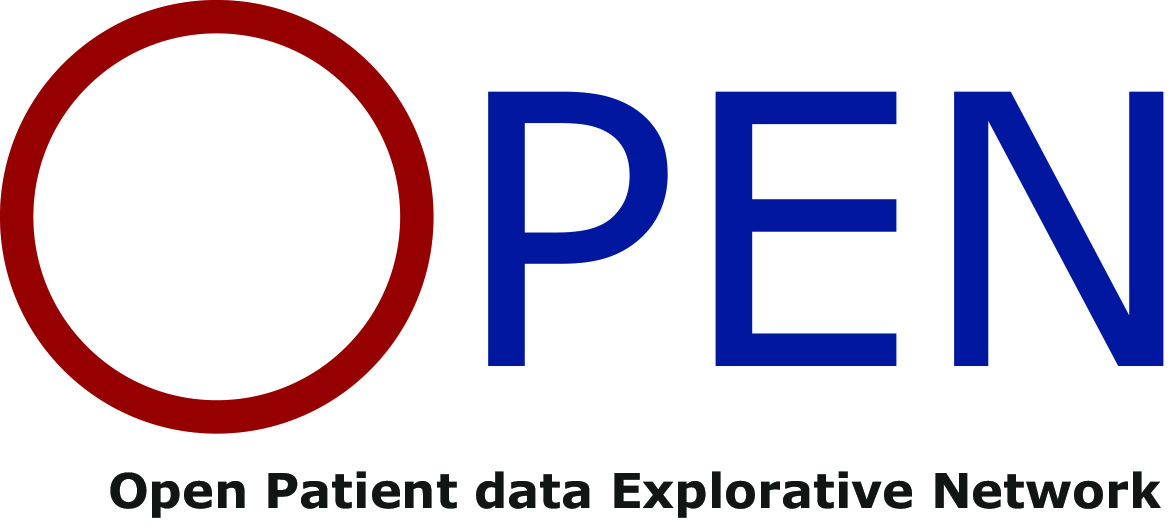
Professor
Mark Ellebæk
Department of Surgery, OUH
| Projekt styring | ||
| Projekt status | Open | |
| Data indsamlingsdatoer | ||
| Start | 01.04.2025 | |
| Slut | 31.08.2028 | |
EAt - Treatment - a danish registry study
Short summary
This registry study will investigate patients born with Esophageal Atresia(EA). The risk of developing infections, fractures and other conditions will be evaluated and compared with other live births between 1976 and 2022. Furthermore we wish to evaluate the impact on economic and educational status for the patient and their family. Infants born with EA will be compared to infants with and without treatment with anti-acid medication.
Rationale
Esophageal Atresia (EA) is a congenital malformation of the esophagus that occurs in 10-15 dnaish children annually. With EA, the esophagus fails to form a continuous passage during fetal development, leaving the child without a connection between the mouth and the stomach. These infants require surgery within the first days of life to survive. Despite surgery, many patients still need ongoing treatment, including medications for acid reflux and asthma. Both treatments can affect bone development and the body's natural immune response. Since the cellular composition in patients with EA may differ due to the lack of proper fusion, and because the altered acid balance can influence cell growth, there is concern that EA patients may be at higher risk of developing early cellular changes that could lead to cancer later in life. We aim to investigate whether patients with EA have a generally increased risk of early-onset cancer compared to individuals without EA. Therefore, we wish to examine whether children with EA have an increased risk of complications such as bone fractures and infections compared to children without EA. By also including a control group of children receiving acid-suppressing medication but without EA, we aim to determine whether the medication itself contributes to these outcomes. Furthermore, since EA can lead to a variety of complications such as feeding difficulties, asthma-like symptoms, and infections-even after surgery-we aim to assess whether current treatment guidelines and follow-up care adequately reflect the actual risks faced by these patients.
Description of the cohort
The cohorte will include the population born between 1976 to 2022. In this population infants born with EA and undergoing surgical correction will be compared to the background population
Data and biological material
Data will come from the national registires (the National CRP Registry, the National Patient Registry, the National Birth Registry, the Cancer Registry, Statistics Denmark)